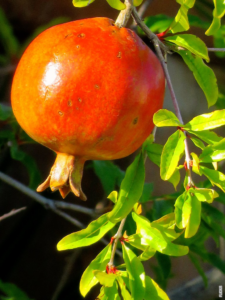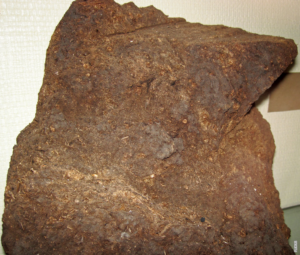The Mysterious Habitat of Termites
Termites, the tiny architects of destruction, have fascinated scientists and nature enthusiasts alike. These social insects have managed to build complex societies that can be found in various parts of the world. Let’s embark on a journey to explore the hidden habitats of termites and discover the secrets they hold.
The Tropical Rainforests: A Haven for Termites
One of the most intriguing habitats where termites thrive is the lush tropical rainforests. These dense, humid forests provide the ideal conditions for termites to flourish. From the forest floor to the towering trees, termites create intricate networks of nests and tunnels, working tirelessly to break down dead plant material and recycle nutrients back into the ecosystem.
The Subterranean Kingdom: Termites Below Ground
While rainforests showcase termites’ above-ground prowess, a significant portion of their activities takes place underground. Termites are known for their impressive subterranean colonies, where millions of individuals work together towards a common goal. These colonies can extend several meters below the surface, with intricate tunnels connecting various chambers and nesting sites.
The Savannas: Termites and the Circle of Life
Termites also play a vital role in the savannas, the vast grasslands of Africa. Here, they construct towering mounds that dot the landscape, creating a unique and awe-inspiring sight. These mounds serve as homes for termite colonies, offering protection from predators and the elements. Additionally, these mounds become microhabitats for other organisms, showcasing the interconnectedness of ecosystems.
The Urban Intruders: Termites in Human Environments
Termites are not limited to natural habitats; they have successfully adapted to human environments as well. Many species of termites can be found infesting wooden structures, silently causing damage and leaving homeowners baffled. These resilient insects can exploit even the tiniest cracks and crevices, making their way into our homes and creating colonies within the confines of our walls.
Post
Post
The Secrets Unveiled: Termites as Nature’s Architects
Termites may be considered pests in human settlements, but they are, without a doubt, nature’s architects. Through their remarkable ability to break down cellulose, termites contribute to nutrient cycling and soil enrichment. Furthermore, their elaborate nests and tunnels aerate the soil, promoting plant growth and enhancing the overall health of ecosystems.
The Final Thoughts: Termites’ Endless Quest
As we conclude our journey through the diverse habitats of termites, it becomes clear that these tiny creatures are far more than just pests. They are resilient survivors, ingenious builders, and essential contributors to the balance of nature. Although they may leave us in awe or frustration, termites remind us of the intricate web of life and the wonders that lie just beneath the surface.



